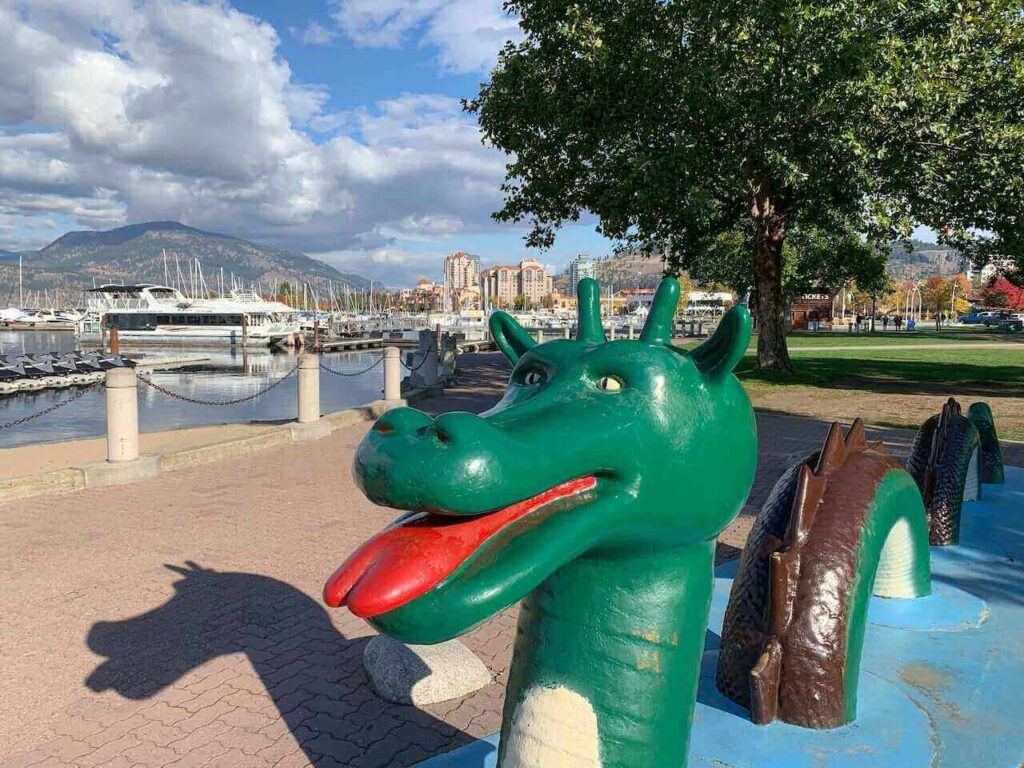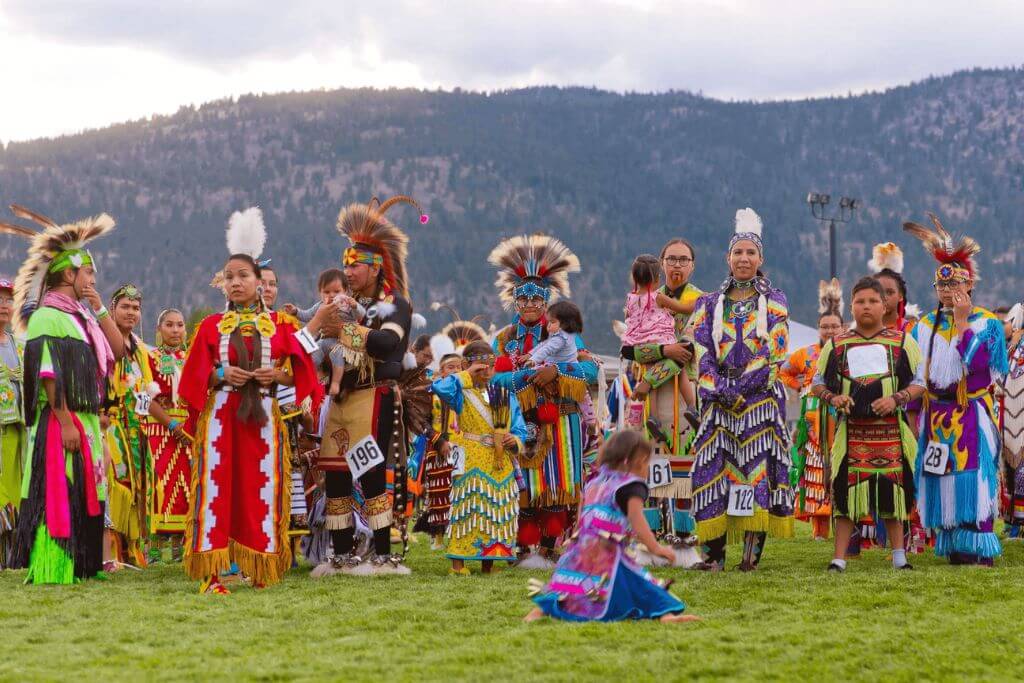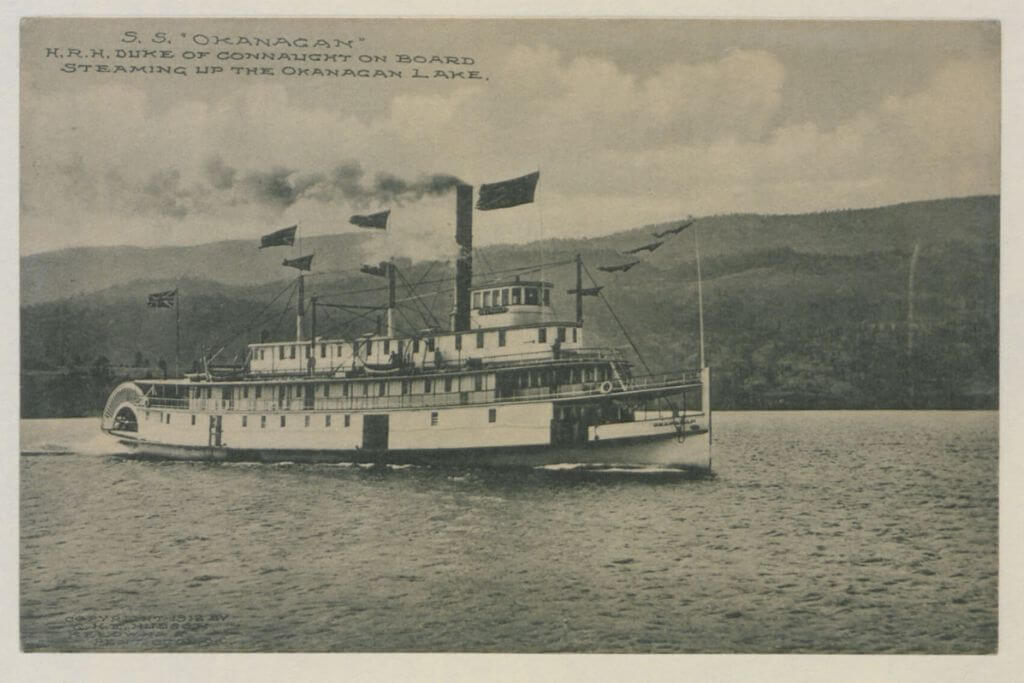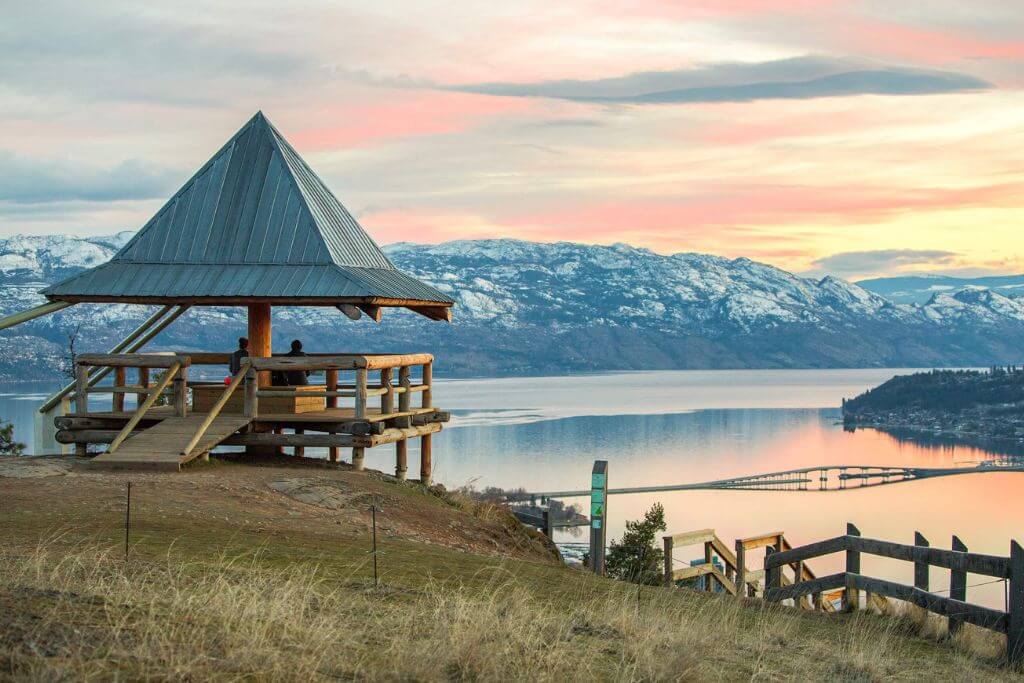Lake Okanagan Lake is located in the Canadian province of British Columbia’s Okanagan Valley. One of the best lakes in Canada, this lake has millions of visitors every year come here. However, there are a lot of interesting things you never knew about Okanagan Lake, such as Ogopogo or how deep this lake is. Let’s find out with us!
How Deep Is Okanagan Lake?
The deepest point in Lake Okanagan is 232 meters (761 feet). It is the sixth deepest lake in British Columbia and the fifteenth deepest in Canada. Other features include a 135-kilometer-long shoreline, a maximum width of 5 kilometers, and a surface area of nearly 351 square kilometers.
5 Interesting Facts About Okanagan Lake
Ogopogo Monster In Okanagan Lake

The legend of this “Lake Monster” has Native American roots. N’ha-a-itk, also known as Ogopogo, is a metaphor for sustainability and a suitable subject to express our connection to the land, according to the late Elder Elizabeth Lindley. The Ogopogo has evolved over time into a strange, happy creature that is said to live in the waters of Okanagan Lake. On Okanagan Mission Beach in Kelowna, more than 30 cars packed with people reported seeing an Ogopogo in 1926.
The Kalamalka Players, a group of nearby amateur actors, actually came up with the name Ogopogo in that same year. The Vernon Rotary Club and the Vernon Board of Trade hosted a luncheon for the Vancouver Board of Trade at the Kalamalka Hotel, according to the Okanagan Historical Society (Vol 4:28). The writer was asked to sing, and L. M. Richardson of Vernon served as the host. He chose to sing the Ogopogo song once more because it had been well received the first time. The name and tune spread, and the guests left the Kalamalka Hotel to spread the legend of Ogopogo far and wide. At the time, there was a lot of talk about the mysterious creature in Okanagan Lake.
Great Divide in the Okanagan
The Okanagan Great Divide is a different geographical feature that is noteworthy. Near Armstrong, on the east side of Highway 97, there is a small pullout that is frequently overlooked, but it marks the direction in which rain and other water sources will travel in radically different ways. The water will eventually flow into the Pacific Ocean via the Fraser River on the north side of this divide after entering Shuswap Lake and the Thompson. However, if the waterfalls are on the south side, they will enter Okanagan Lake before traveling through Penticton Channel, Okanogan River, and Columbia River to reach the latter. 350 km south of the Fraser, this water makes its way into the Pacific Ocean.
The Okanagan People Are Indigenous People

The native inhabitants of the region around Okanagan Lake are referred to as the Okanagan People (also known as the Sqilxw or Syilx). Currently, they comprise the Okanagan Indian Band, which, together with 7 other Bands, makes up the Okanagan Nation Alliance (which includes the Colville Confederated Tribes, which lies south of the American border).
The Okanagan Indian Band is also known as Inkumupulux or Head of the Lake; according to the website of the OIB, “Inkumupulux is both a name for the people and where we live.” A notable chief among the Okanagan People was Hwistesmetxe’qen (1780/1785–1865), which means Walking Grizzly Bear. He would later come to be known by the fur traders as Nicolas or Nicola, and as a result, many geographical features, such as the Nicola Valley, bear his name.
Okanagan Lake Has Many Names
Although Okanagan Lake has been known for a long time, the name was only formally adopted on October 6, 1936. Once you cross the border into America, it is spelled “Okanogan,” as mentioned above. Though there used to be up to 46 variant spellings, there are now only two, which is a significant improvement. The legendary Canadian explorer David Thompson wrote it down in several different ways, one of which was “Ookanawgan.” The American explorer’s Lewis and Clark spelled it “Otchenaukane.”
According to B.C. Place Names, one of the more plausible explanations for the name’s origins is that it derives from the words “kana,” which means “the place of,” and “gan,” which means “water” or “lake.” However, according to the website of the Okanagan Indian Band, the term “Okanagan” refers to the Indigenous people of the Okanagan territory and is an Anglicized version of the word “Suqnaqinx,” which means “takes to the head or mind.” The name Okanagan has come to represent beauty and tranquility regardless of how it is spelled or translated.
Sternwheel Boats On The Lake

Okanagan Lake served as a natural waterway for transportation throughout the Okanagan Valley long before there were rails and roads. But when a spur line from the Transcontinental Railway’s Sicamous station to Okanagan Landing, west of Vernon, was constructed in 1892, things really took off. The SS Aberdeen, SS Okanagan, and SS Sicamous are just a few examples of the opulent Sternwheeler Ships that the CPR started building. With numerous stops along the way, these ships would transport goods and people all the way from the lake to Penticton. The entrance to the entire Okanagan Valley was established at Okanagan Landing.
In 1958, the first bridge over Okanagan Lake was constructed to link Westbank and Kelowna (West Kelowna). This bridge was subsequently replaced in 2008 by the current William R. Bennett Bridge, which has five lanes and experiences heavy traffic all year long. Before the bridges, vehicles, and people would cross this point using ferries like the MV Pendozi and Fintry Queen. The lake’s average temperature in July is 19 to 23 degrees Celsius (69 to 71 degrees Fahrenheit), but the lake used to freeze, despite how difficult it is to believe now. In fact, the lake was practically frozen from end to end in 1949–1950.
If you are interested in Okanagan Valley, this post will be for you 6 Interesting Things To Do In The Okanagan For Tourists
